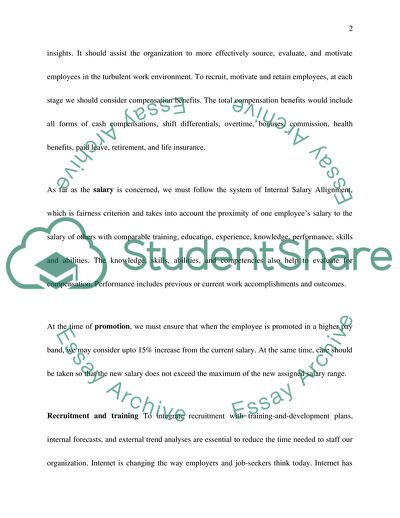Cite this document
(The Importance of Human Resource Management Department in Business Assignment, n.d.)
The Importance of Human Resource Management Department in Business Assignment. https://studentshare.org/human-resources/1704496-proposal-to-ceo
The Importance of Human Resource Management Department in Business Assignment. https://studentshare.org/human-resources/1704496-proposal-to-ceo
(The Importance of Human Resource Management Department in Business Assignment)
The Importance of Human Resource Management Department in Business Assignment. https://studentshare.org/human-resources/1704496-proposal-to-ceo.
The Importance of Human Resource Management Department in Business Assignment. https://studentshare.org/human-resources/1704496-proposal-to-ceo.
“The Importance of Human Resource Management Department in Business Assignment”. https://studentshare.org/human-resources/1704496-proposal-to-ceo.


